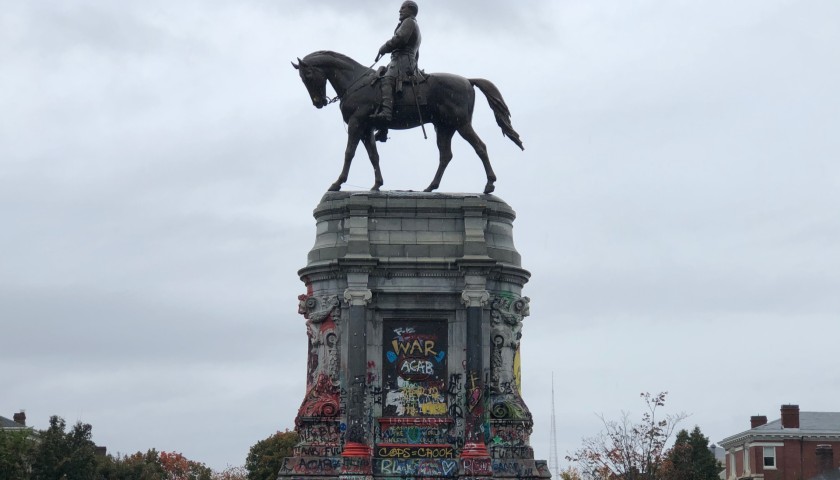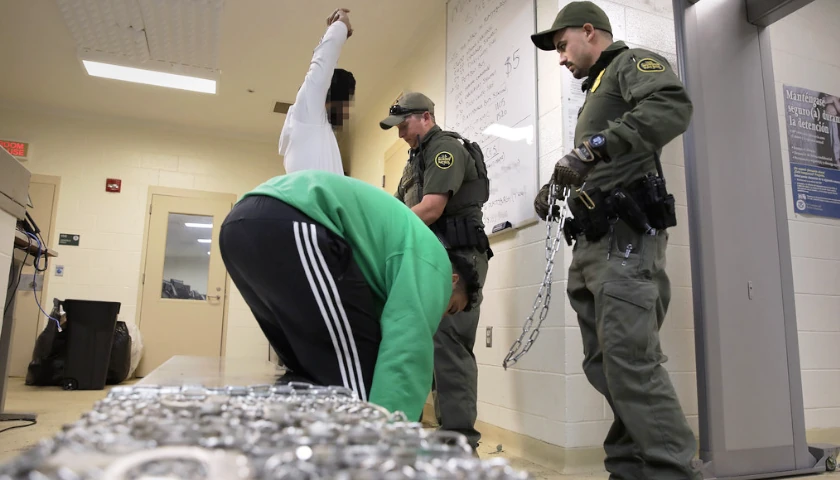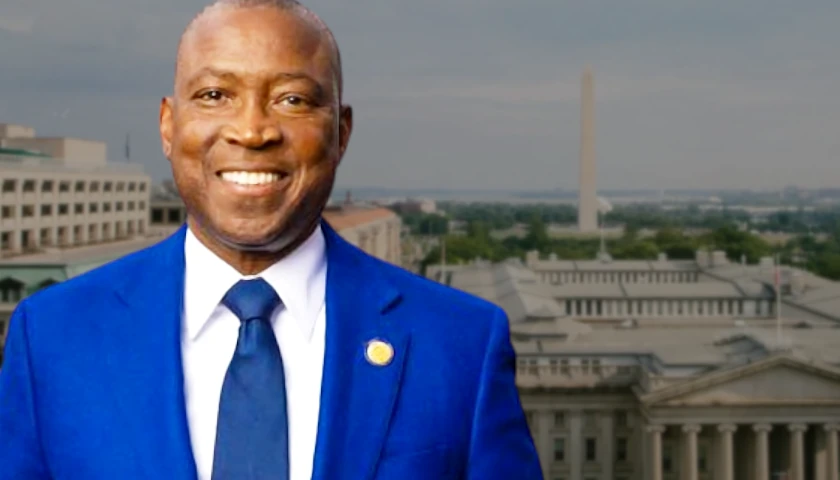It’s thought that there is a time capsule in the pedestal of the Robert E. Lee monument in Richmond. The Virginia Supreme Court is expected to rule on whether or not the state can remove the monument, and in an announcement earlier this week Governor Ralph Northam said they will open the capsule when the monument is removed. He also invited Virginians to suggest new artifacts for a replacement time capsule to be placed at the site.
“It’s time to say to the world, this is today’s Virginia, not yesterday’s,” Northam said in an announcement. “And one day, when future generations look back at this moment, they will be able to learn about the inclusive, welcoming Commonwealth that we are building together. I encourage Virginians to be part of this unique effort to tell our shared story.”
A scan of the base identified a void where the time capsule is likely housed, according to Northam’s release.
“Historians believe a copper time capsule was placed in the cornerstone of the pedestal on October 27, 1887. Records from the Library of Virginia suggest that 37 Richmond residents, organizations, and business contributed about 60 objects to the capsule, many of which are believed to be related to the Confederacy,” the press release states.
Northam’s announcement comes as the state is working with the City of Richmond and the Virginia Museum of Fine Arts, located on Monument Avenue, to implement a $1 million plan to reimagine the street. On Monday, the City of Richmond Planning Commission considered plans for several monuments along the street, including removing pedestals that remain although their Confederate statues have been removed.
The commission voted to not make any recommendations to the City Council on several of the pedestals; votes on other pedestals were continued to a July meeting. According to a meeting summary, several community members spoke in favor of retaining the pedestals.
In a letter, Northam’s Chief of Staff Clark Mercer suggested that Richmond should allow the pedestals to remain while planning for Monument Avenue continues.
“Very strong arguments have been made as to why the pedestals should remain; they have artistic value in and of themselves, though also are important symbols that help us tell the story of what has happened in these spaces,” Mercer wrote. “Perhaps at the end of the planning process it will be decided that the pedestals should be removed, though once they are removed there is really very little practical chance that they would be returned to the avenue. I would ask that the Commission please consider letting this planning process take place before making any decisions related to the disposition of these pedestals.”
He suggested that the pedestals could be repurposed: “[W]e see no requirement that the pedestals have to be treated in the same way as the monuments that sit on top of them,” Mercer wrote.
Senator Bryce Reeves (R-Spotsylvania) also wrote a letter to the commission, saying that while state law allows the monuments to be removed, it does not allow cities to contextualize them.
“‘Localities’ only have the authority to ‘remove, relocate, or cover’ these monuments. Only the Virginia Department of Historic Resources can provide ‘contextualization,'” Reeves wrote.
Reeves argued that the monuments are historically significant pieces of art and that even as the General Assembly approved changing the law to remove monuments in 2020, they also deliberately chose not to allow alteration of the monuments.
“The current state of the monuments in Richmond is in violation of [Virginia Code Section] 15.2-1812, as they are in a severely ‘altered’ state; the bronze statues are separated from their respective pedestals,” he wrote.
– – –
Eric Burk is a reporter at The Virginia Star and the Star News Network. Email tips to [email protected].





[…] Senator Mark Reeves’ (R-Spotsylvania) district borders Charlottesville. Reeves has opposed contextualization efforts over Richmond’s monuments. In July, Reeves wrote to the […]